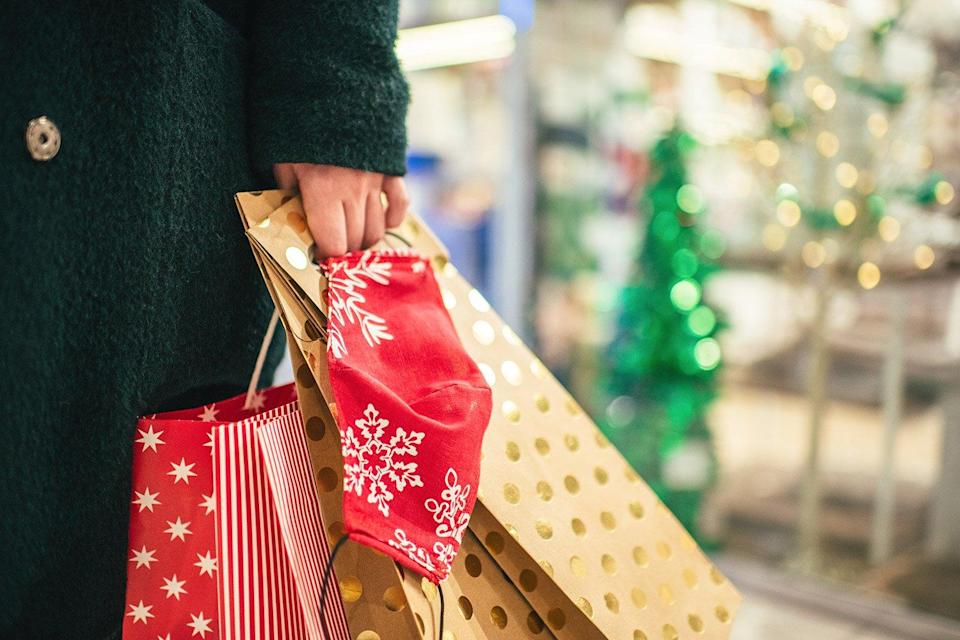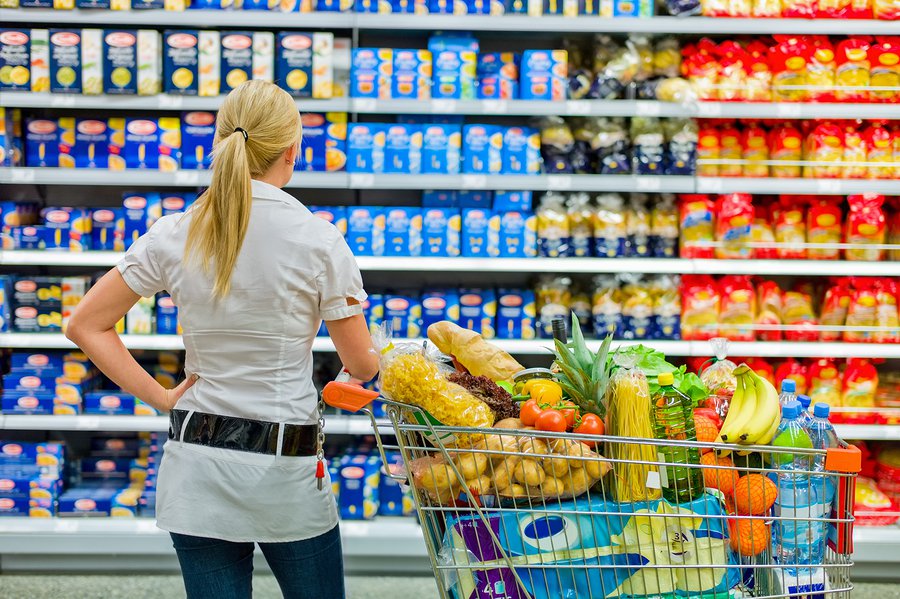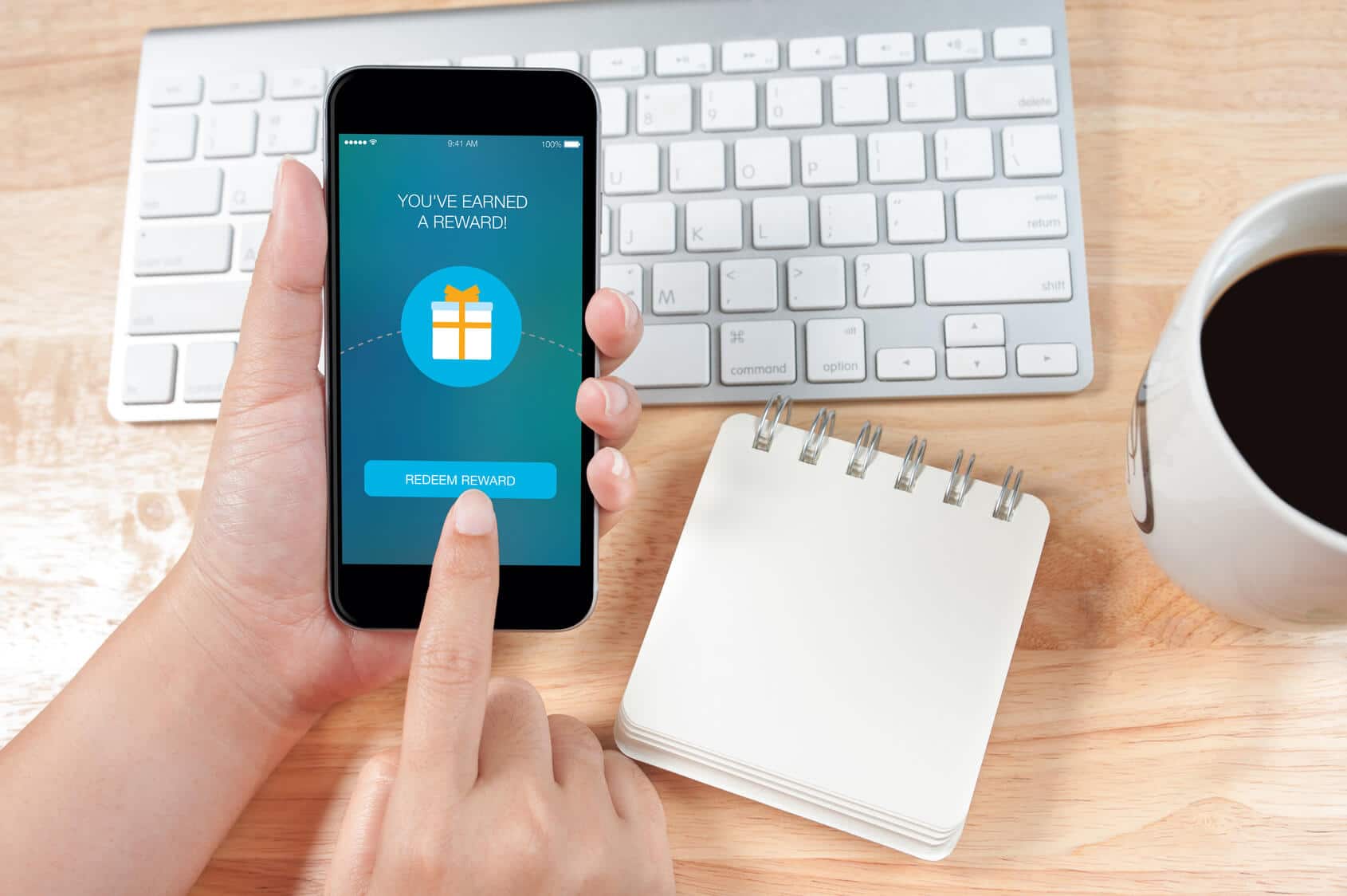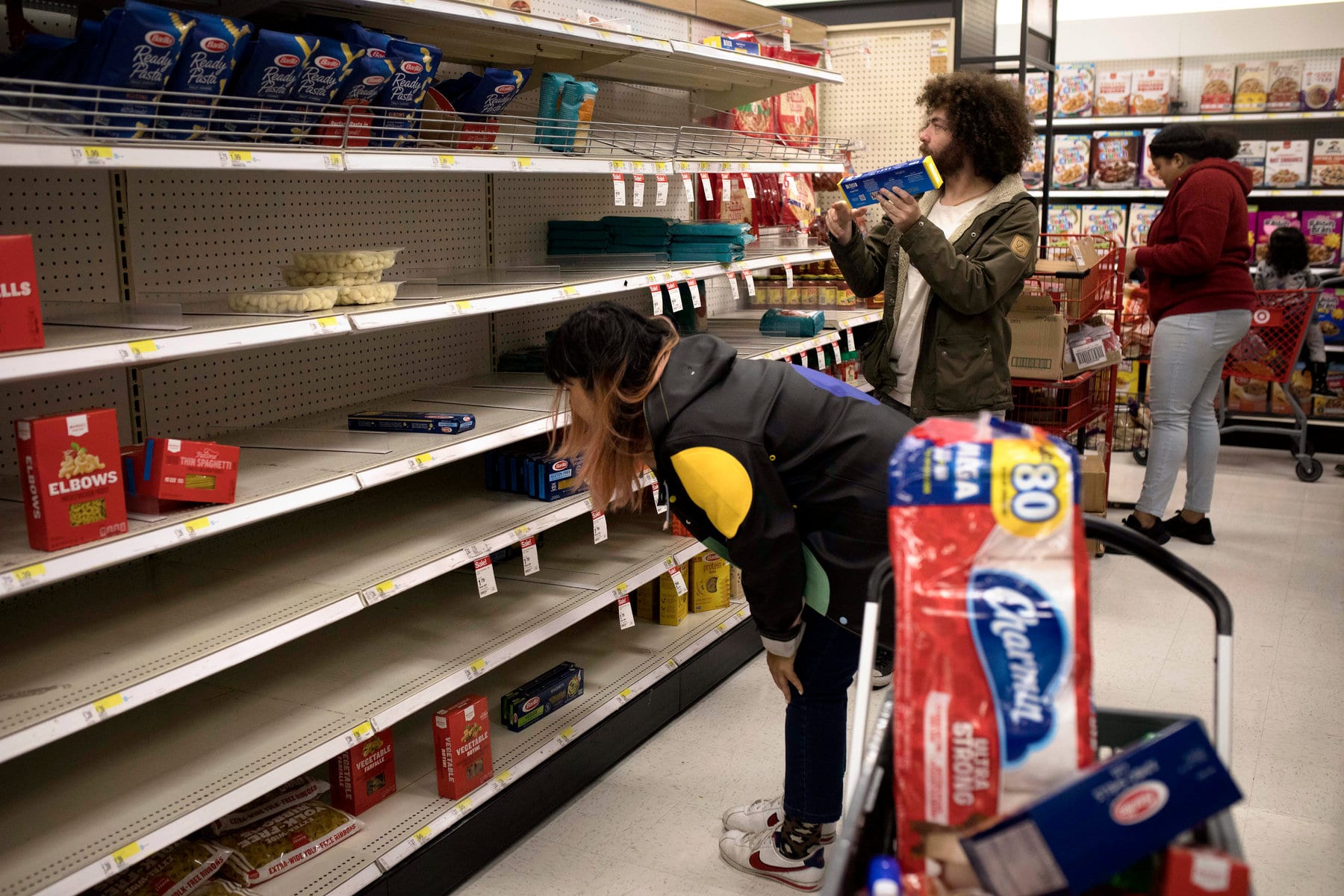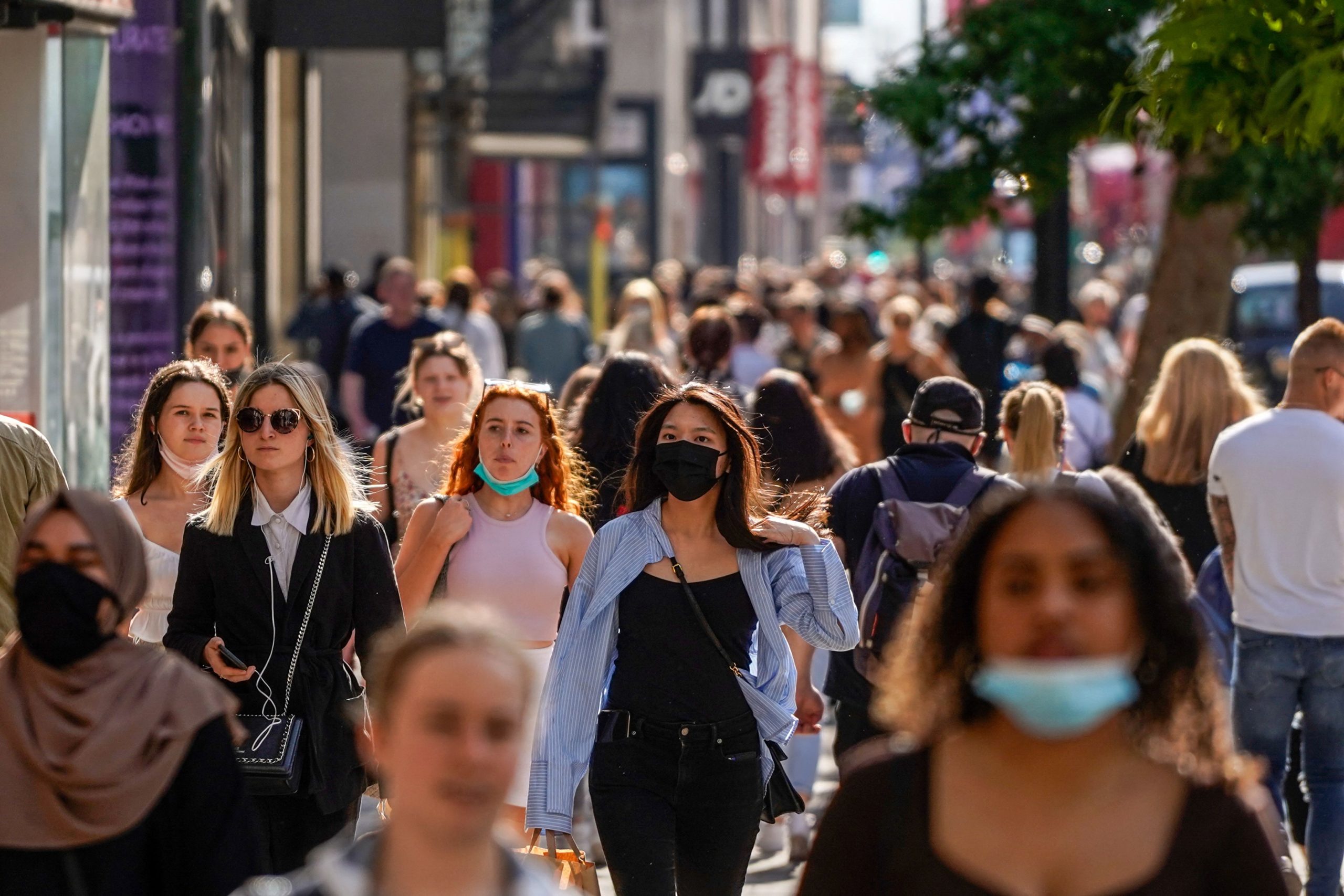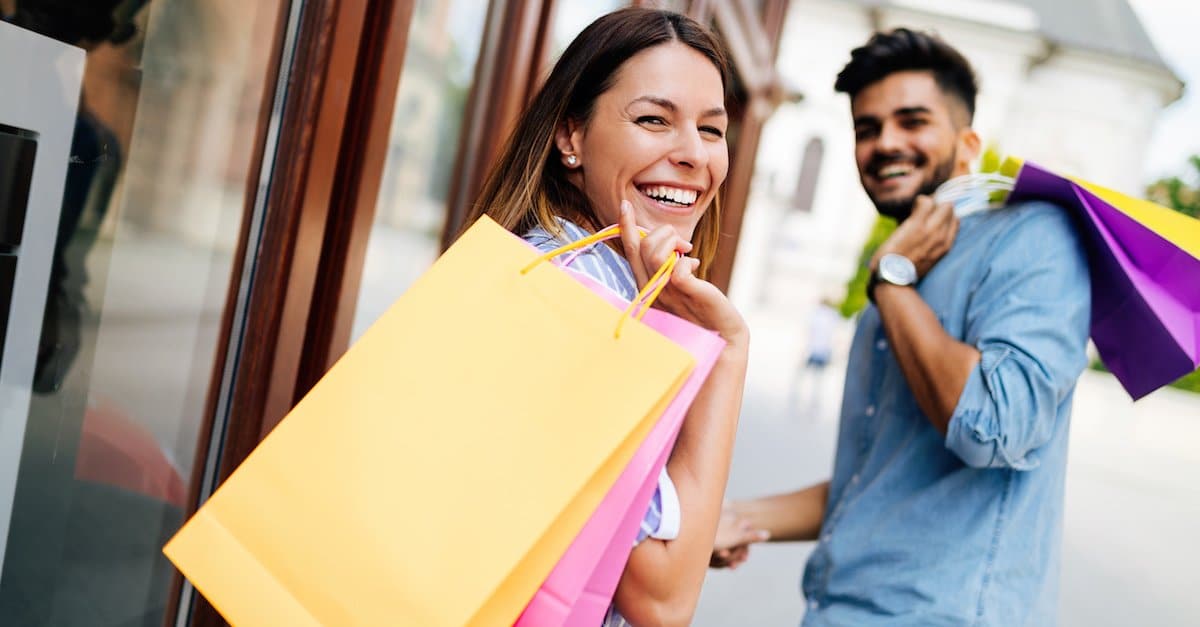Rising shipping costs impacting consumers’ holiday shopping decisions
Holiday shopping is in full swing, and many Americans (40 percent) have already started checking gifts off their lists. But according to recent data by Shopkick, a leading shopping rewards app, rising COVID-19 cases and the Delta variant are proving to have an impact on consumers’ holiday shopping behavior. Nearly a third (30 percent) of shoppers are already experiencing limited product availability in-store and online, as well as higher shipping costs (58 percent), forcing the majority of consumers (68 percent) to reconsider how they will shop this holiday season.
Shopkick surveyed over 37,000 American consumers between September 22 – 26, 2021 to gain insight on the impact that COVID-19 and the Delta variant will have on consumers this holiday season and when, where, and how they will be making their holiday purchases.
Key insights include:
- The Early Birds: Although the fall season just kicked off, many consumers (40 percent) have already started their holiday shopping, and a third (33 percent) are shopping earlier this year. Of those reporting they are shopping earlier, the majority (58 percent) are doing so because of concerns around product inventory, to stay organized ahead of the holidays (58 percent), and to avoid holiday crowds (53 percent).
- COVID-19 Fallout: Surprisingly, 30 percent of those early birds are already experiencing holiday product availability issues and 23 percent are experiencing shipping delays. On top of supply chain disruption, the majority of consumers (51 percent) are adjusting their budgets due to the threat of continued inflation.
- The Motivations for Online: Whether shopping online or in-store, consumers’ main motivation this holiday season is scoring the best prices and deals. Online shoppers are also motivated by the convenience of shipping and ease of returns (59 percent), saving time and avoiding checkout lines (52 percent), and product availability (50 percent). It is no surprise that expected delays and high shipping costs could force 80 percent of online shoppers to reconsider how and where they buy their holiday goodies this year.
- The Motivations for In-Store: Product availability is a top motivator for consumers shopping in-store for the holidays (44 percent), followed by immediate satisfaction of taking products home the same day (43 percent), ease of in-store price comparison (34 percent), getting inspiration from browsing aisles (33 percent), product assortment (24 percent), and in-person help from store associates (12 percent).
- Seasonal Safety: Rising COVID-19 cases have resulted in 40 percent of consumers planning to make fewer in-store shopping trips, a nearly 10 percent increase compared to July 2021. To ensure safety, shoppers are expecting retailers to make employees wear protective face coverings (56 percent), offer disinfectants (52 percent), require shoppers to wear face coverings (51 percent), enforce social distancing measures (48 percent) and install plexiglass barriers at check out (42 percent).
“In many ways, supply chain shortages and shipping delays are putting in-store retailers at an advantage this holiday season,” said Dave Fisch, general manager of Shopkick. “Shoppers are headed in-store no matter what this holiday season, which means it is essential that retailers are prepared, offer a pleasant in-store experience with trained and available staff, and mandate COVID-19 safety precautions to ease shoppers discomfort and meet their expectations.”

